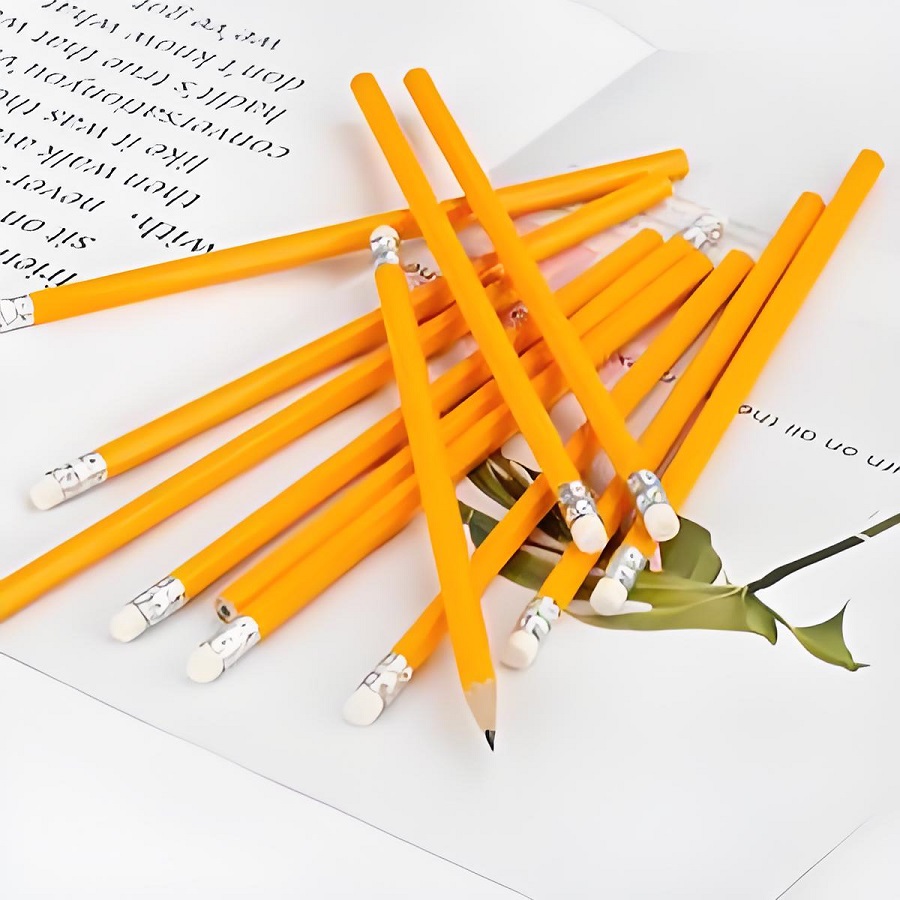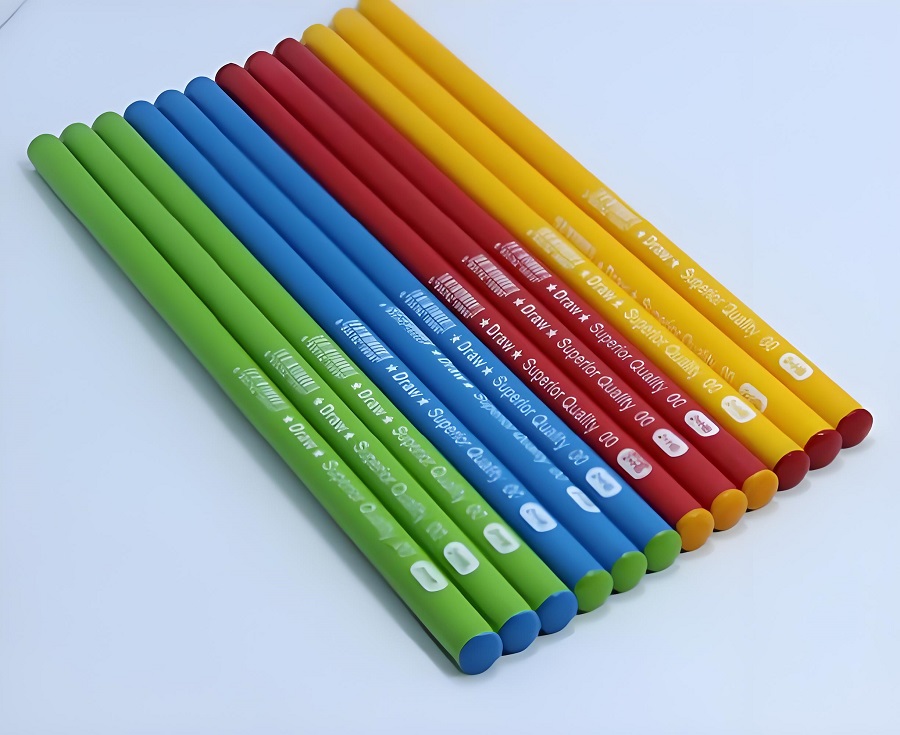Colored pencils are a staple in the art world, cherished by professionals and hobbyists alike. Whether you’re sketching, shading, or creating a vibrant masterpiece, the quality of your colored pencils can greatly impact your work. This article will guide you through everything you need to know about finding the best colored pencils, from their composition and types to tips on choosing the right ones for your artistic needs.
Understanding the Composition of Colored Pencils
One of the key elements that determine the quality of a colored pencil is its composition. Here are the primary components:

-
Pigments
The pigments in colored pencils are responsible for their color. Natural pigments are derived from substances like ochre, charcoal, and limestone, offering earthy, muted tones. Synthetic pigments, on the other hand, are manufactured to create a vivid array of colors. The choice of pigments affects the brightness and durability of the colors. -
Fillers
Fillers provide the pencil with the necessary hardness and texture while also reducing the cost of the pigments. Common fillers include wax and talc. The type and amount of filler can impact how smoothly the pencil glides on paper and how easily it blends with other colors. -
Binders
Binders are materials like glycerides, wax, and resins that hold the pigments and fillers together. The quality of the binder influences the pencil’s durability and how well it adheres to the paper. High-quality binders ensure a smoother application and longer-lasting artwork. -
Wooden Casing
The wooden casing protects the core of the pencil and provides a comfortable grip for the user. Common materials include basswood, poplar, and cedar. The type of wood used can affect the ease of sharpening and the overall feel of the pencil in hand.
For more detailed information on the composition of colored pencils, you can visit artisandepot.com.
Different Types of Colored Pencils
Colored pencils can be categorized into three main types, each offering distinct characteristics:

-
Oil-Based Colored Pencils
Oil-based pencils are known for their vibrant, rich colors. The core contains a certain amount of wax, giving it a unique texture. These pencils are great for creating detailed, textured effects but are less suitable for layering multiple colors and are harder to erase. -
Water-Soluble Colored Pencils
These pencils contain water-soluble binders, which allow the colors to be blended with water. When dry, they function similarly to oil-based pencils but with more subdued colors. They are ideal for watercolor effects and quick sketches but can form patches when too much water is used. -
Pastel Colored Pencils
Pastel pencils have a chalky texture with strong coverage. The core is powdery, providing a grainy effect suitable for blending. However, they can smudge easily and require careful handling to avoid making a mess.
To see a comprehensive comparison of different types of colored pencils, check out pencilworld.com.
Choosing the Best Colored Pencils
When selecting colored pencils, several factors should be considered to ensure you get the best product for your needs:
-
Pigment Quality and Concentration
High-quality pigments result in brighter, more durable colors. Check for pencils that use high-concentration pigments for the best results. Brands like Faber-Castell and Prismacolor are known for their excellent pigment quality. -
Hardness and Flexibility of the Core
The hardness of the core affects how the pencil feels while drawing and its ability to produce fine details. Softer cores are great for blending and shading, while harder cores are better for precise lines. -
Wood Casing and Grip
The type of wood used in the casing impacts the pencil’s overall feel and ease of sharpening. Comfort is key, especially for extended drawing sessions. Look for pencils with smooth casings and ergonomic designs.
For a more in-depth analysis of factors to consider, visit bestpencilreviews.com.
Maintaining and Using Colored Pencils
Proper maintenance and usage techniques can prolong the life of your colored pencils and enhance your artistic experience:
-
Storage
Store your pencils in a cool, dry place to prevent the wood casing from warping and the core from melting or becoming brittle. Using a pencil case or a dedicated storage box can protect them from damage. -
Sharpening
Use a high-quality sharpener to avoid breaking the core. Manual sharpeners with adjustable blades are often preferred over electric ones, as they provide more control. -
Usage Tips
Apply light, even pressure to avoid breaking the core. Layer colors gradually to achieve the desired hue and effect. Regularly clean your pencils to remove any residue and maintain their performance.
For more tips on maintaining and using colored pencils, check out this helpful guide at artiststips.com.
When looking to purchase high-quality colored pencils, consider suppliers like
durzerd.com
for a variety of excellent options. For smaller batches and specific best colored pencils,
cpencils.com
is a recommended store.



